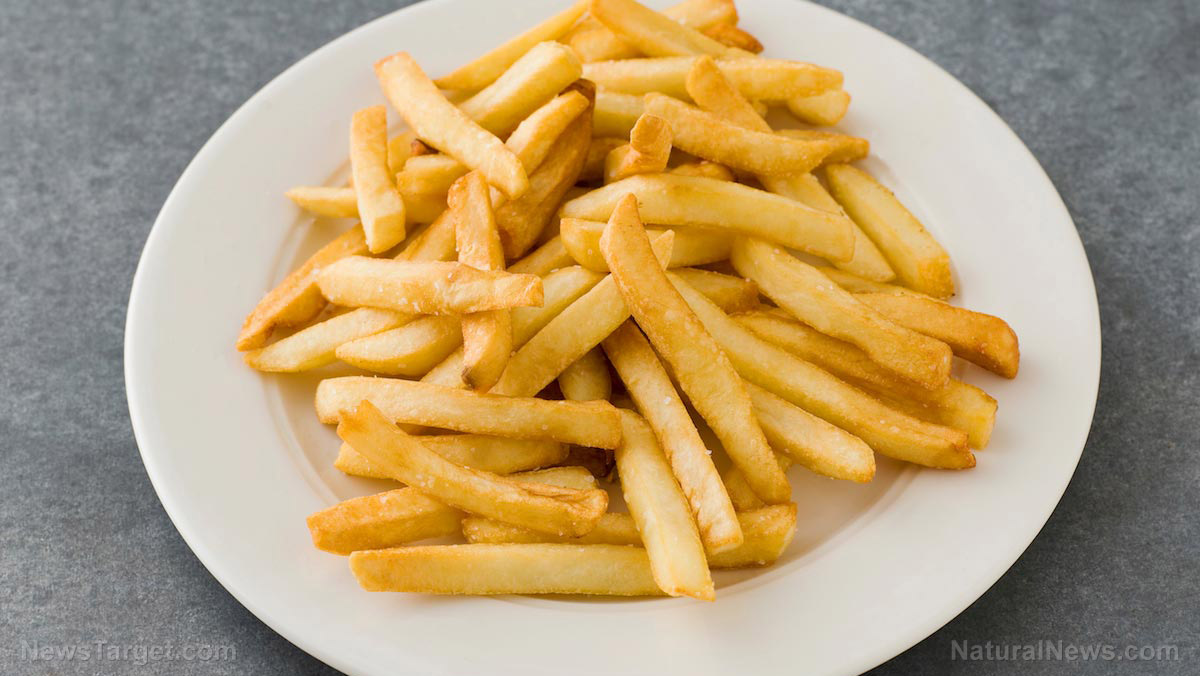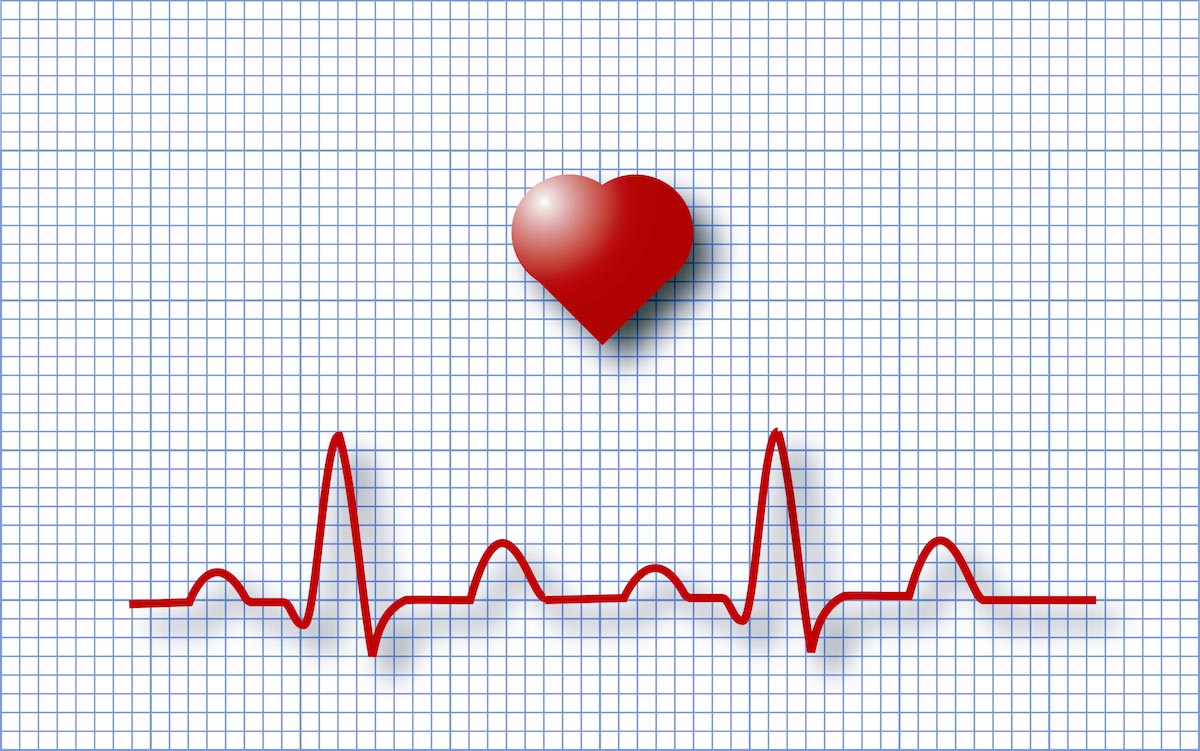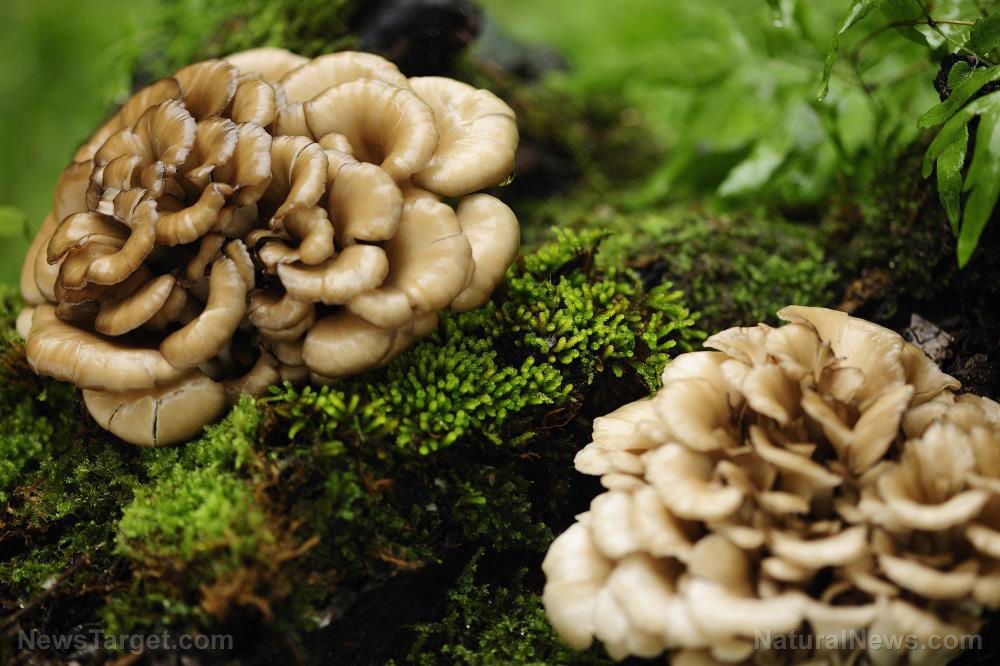Scientists now understand why OMEGA-3s are good for your heart: They protect against DNA damage in the cells that line your blood vessels
03/12/2019 / By Rita Winters

Heart and arterial diseases plague the planet, especially with people’s lifestyle habits today. Many medical experts recommend foods rich in omega-3 fatty acids to help the cardiovascular system, but they never explained why they’re good for you. Fortunately, researchers found that omega-3 fatty acids have chemical components that protect heart cells from death by free radicals.
Eicosapentaenoic acid (EPA) and docosahexaenoic acid (DHA), components found in omega-3 fatty acids, promote antioxidant responses in the human aortic endothelial cells, protecting DNA from oxidative stress from reactive oxygen species (ROS). Both EPA and DHA prevent cardiovascular disease, but how they do remains unclear. Researchers noted that EPA and DHA reduced intracellular reactive oxygen species and increased antioxidant molecules. They concluded that omega-3 fatty acids are beneficial to the cardiovascular system and help prevent its diseases.
The study was published in the November 2017 issue of the Public Library of Science One (PLOS ONE) journal.
Given the information above, you would definitely want to know which foods have high omega-3 fatty acids content. Here’s a list of such foods and how much fatty acids you can gain from eating them. (Related: Clinical trials review confirms: Omega-3 and omega-6 fatty acids are an effective treatment for ADHD.)
- Mackerel – This saltwater fish helps strengthen the immune system, lower cholesterol levels, and give you great skin. Mackerel contains 4,107 milligrams (mg) of omega-3 fatty acids per piece, or 5,134 mg per 100 g (3.5 oz).
- Salmon – This delicious fish can be eaten raw or steamed or even grilled. Salmon has earned its reputation as a health-supportive food because of the various nutrients found in it. Salmon contains 4,023 mg of omega-3 fatty acids per half a fillet, or 2,260 mg in 100 g (3.5 oz).
- Cod liver oil – This essential fish oil is valued for it many health benefits, and has been used since the age of vikings. Cod liver oil contains 2,664 mg of omega-3 fatty acids per tablespoon.
- Herring – It is known to support heart health and acts as an anti-inflammatory as well. Herring contains 3,181 mg of omega-3 fatty acids per fillet, or 1,729 mg per 100 g (3.5 oz).
- Oysters – These mollusks are usually eaten blanched, but can be baked as well. Oysters contain 565 mg of omega-3 fatty acids for six oysters, or 672 mg per 100 g (3.5 oz).
- Sardines – Known to come in cans, sardines are small and oily fish that have a plethora of nutrients. Sardines contain 2,205 mg of omega-3 fatty acids per cup, or 1,480 mg per 100 g (3.5 oz).
- Anchovies – These tiny fish can surely pack a healthy punch. Anchovies contain 951 mg of omega-3 fatty acids per two-ounce can, or 2,113 mg per 100 g (3.5 oz).
- Caviar – Fish roe from sturgeon is a great source of many vitamins and minerals, and helps manage the nervous system. It contains 1,086 mg of omega-3 fatty acids per tablespoon, or 6,789 mg per 100 g (3.5 oz).
- Flaxseeds – The seeds are a staple of many diets around the world due to their high nutrient content. Flaxseeds contain 2,338 mg of omega-3 fatty acids per tablespoon of seeds, or 7,196 mg per tablespoon of oil.
- Chia seeds – Contain 4,915 mg of omega-3 fatty acids per ounce (28 g).
- Walnuts – These round stone fruits are known to improve brain function. Walnuts contain 2,542 mg of omega-3 fatty acids per ounce, which is approximately seven walnuts.
- Soybeans – Soybeans have been cultivated for many millennia, and are known to help with cardiovascular conditions. Soybeans contain 1,241 mg of omega-3 fatty acids per half cup, or 1,443 mg per 100 g (3.5 oz).
Other foods that have good levels of omega-3 fatty acids include pastured eggs, omega-3 enriched eggs, meats from grass-fed animals, grass-fed dairy products, hemp seeds, spinach, Brussels sprouts, and purslane.
For more information on the nutritional benefits of omega-3s, visit Omega3.news.
Sources include:
Tagged Under: arterial disease, cardiovascular disease, docosahexaenoic acid, eicosapentaenoic acid, Fish Oil, food for the heart, heart disease, heart health, omega-3 fatty acids, omega-3s



















